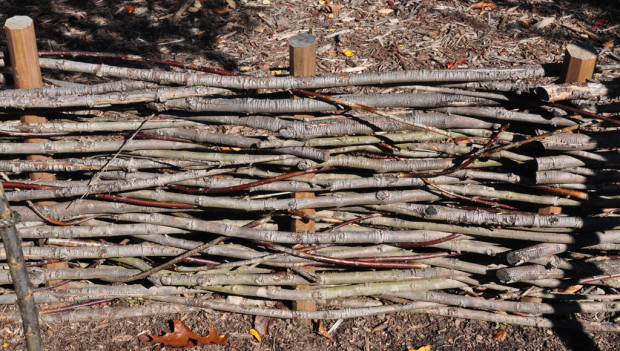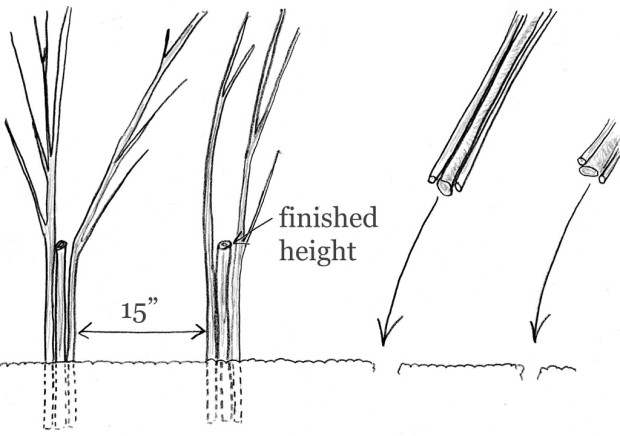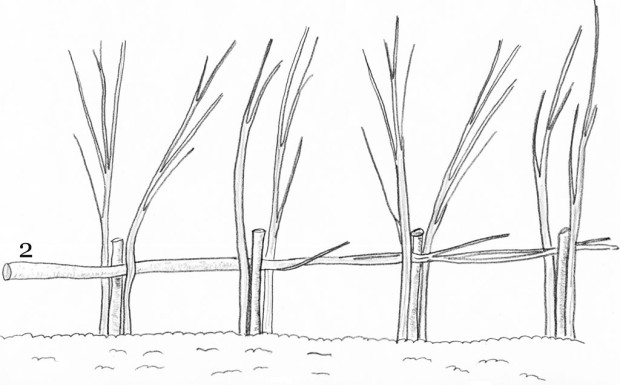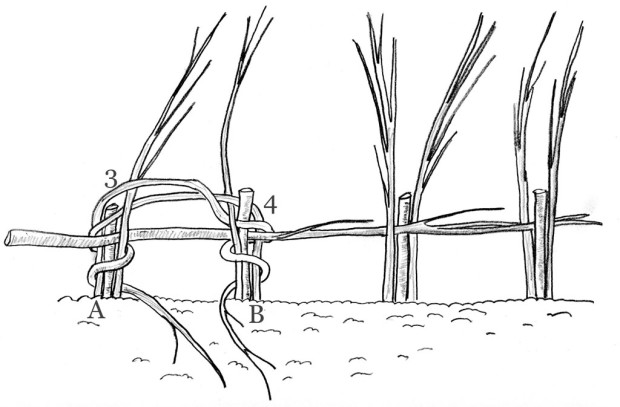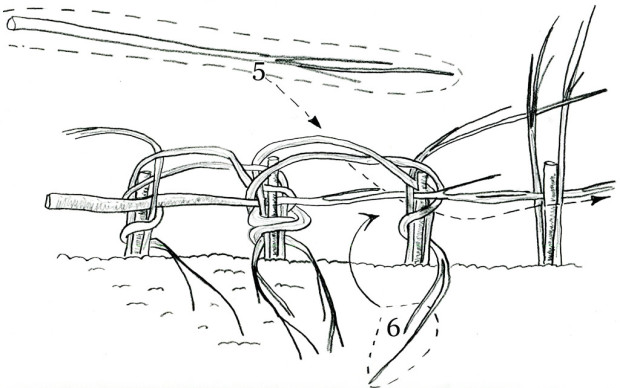
by Steve Turner
How do I select the right tree care company? Many times when I’m out on consultations, the homeowner will tell me they have had their trees sprayed, but the problem is still occurring. Or the trees were trimmed, but the crew apparently did not notice a particular pest or disease. How come? This is not always an easy question to answer, but most times it will be that the company just didn’t know or that the situation called for expertise beyond what they offer.
There are basically three types of tree care companies and knowing what their capabilities are should help you decide which type is right for you.
Type #1. The first is the lawn and tree care company that fertilizes your lawn and offers a basic program to spray your trees 3 or 4 times and fertilize them each year. This is a popular option with homeowners because it is fairly inexpensive and the homeowner is already familiar with the company. The drawbacks are that the sprays are done when the company is scheduled to be in your area and, as a result, may not always be timed to treat the specific problems that you might have. Insects have complex life cycles and the timings can vary year to year as to when the best time to treat them is. If you miss this “window,” many treatments will be ineffective and the problem will persist.
These types of companies are fine for covering the basic care in a cost-effective manner. For more serious problems or more advanced treatment, it is advisable to turn to the other two company types.
Type #2. The second type is the company that specializes in pruning and tree removal only. There are more of these than both of the other types combined. There is a wide range, from the weekend warrior with a chainsaw and a pickup truck, to the large company with a fleet of bucket trucks. Choosing between them can often be difficult, because it is not always easy to assess their skill levels until after the work is done. Getting references is important, especially if it is a more complex removal over a house or trimming a large, 100-year-old oak tree. You want the most skilled and knowledgeable tree care professionals to do these types of jobs because you only get one shot at getting it right and there is little room for error.
Asking a few simple questions and paying attention to how they write an estimate can help you determine their professionalism. First and most important is, are they insured? Second is, do they use spikes to climb trees that are to be only pruned and not removed? Unfortunately, protecting your trees from unnecessary damage is not always the top priority of some companies. These two questions can help forewarn you of potential problems.
Next is the written estimate they give you. How much detail do they put into the contract? Are they vague in describing what they intend to do or do they provide a clear description? Can they identify all the species of trees they will be working on or do they just write “large tree in front yard?” The more detailed the estimate is, the less likely you are to be disappointed with the results of the job. The quality of work performed by these types of companies can range from excellent to poor—make sure someone in the company has a good knowledge of proper tree care. There is a big difference in knowing how to climb a tree and knowing what to do once you’re up there. Overpruning is a common problem of some tree companies; every tree needs to be evaluated on an individual basis in regards to its species, health, and age to properly determine what needs to be removed and how much.
Type #3. The third type of company is the complete tree care service that offers a full range of tree care treatments, from fertilization to difficult removals. They will tend to have educated professionals on staff, highly skilled climbers and ground workers, and trained plant health care technicians to identify your problems and treat them. There are probably 20 to 30 of these types of companies in the metro Detroit area and many started out as one of the other types and grew into full service. These companies will tend to have affiliations with professional associations in our industry such as the ISA (International Society of Arboriculture) or the TCIA (Tree Care Industry Association). Look for these logos when hiring a tree company to help ensure quality work.
When writing estimates, they will tend to use ANSI standards to describe the work to be done. This is a national system of defining common tree pruning terms that all can understand and interpret the same way, in order to avoid misunderstandings and variances in services. Examples of these terms would be “crown clean” or “deadwood” to describe what will be removed from the tree. “Elevation” will specify to what height the tree will be raised, such as “10-foot elevation over house.” All these things help make it easier for the homeowner to understand what will be done, as well as receive competitive bids for the same level of work.
Most tree care companies bid by the time it will take to do the work and the amount of equipment needed to do it safely. Most will charge based on their hourly rate and the type of work, and then add on wood removal costs. Full-service companies tend to charge more for their services because their overhead is higher as well as their payroll to attract top professionals to their companies.
It is not advisable to automatically pick the lowest bid to do the work. Often, the lowest bid will also be the least experienced and knowledgeable company. Some might use spikes to climb your trees or take shortcuts that could damage your lawn or landscape. Just remember to keep in mind that you get what you pay for.
Steve Turner, Certified Arborist, is from Arboricultural Services in Fenton, MI.

